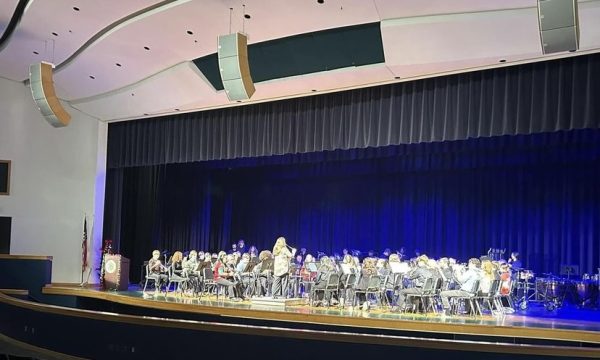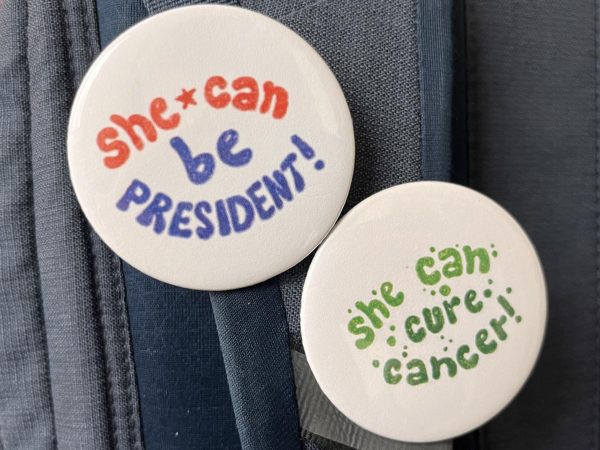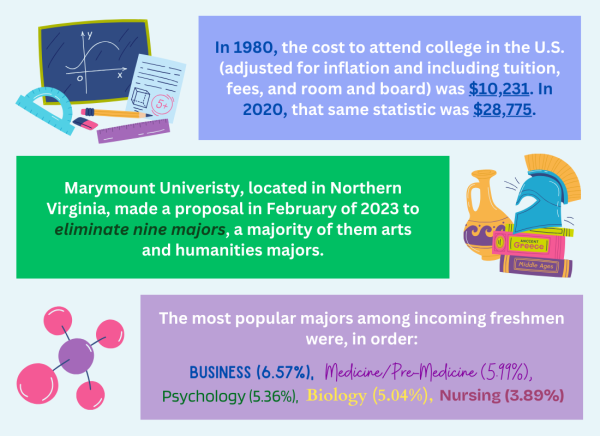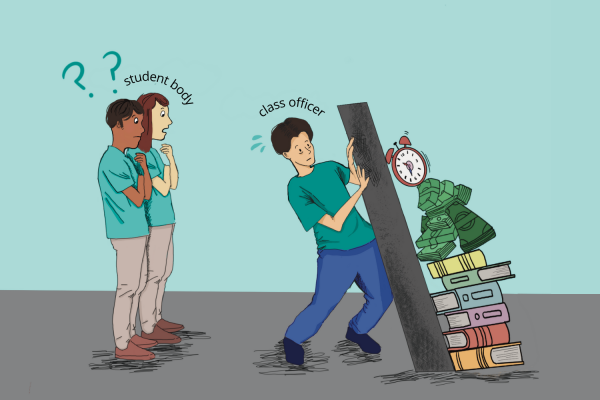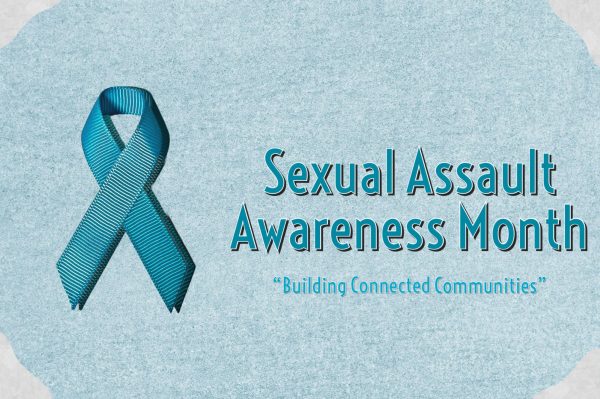Keeping students safe means ending the SRO program
March 16, 2021
As the COVID vaccine begins its national rollout, we are hopefully on the cusp of defeating a public health crisis and being able to return to a healthy school environment.
But there is more to a healthy campus than just epidemiology. We have to consider the physical and mental safety of students. And while cooperation with police is often useful to that end, such cooperation must not involve school resource officer (SRO) programs.
It’s time for the San Ramon Valley Unified School District to reconsider the SRO program.
Partnerships between police and schools can take different forms depending on the specific context, but in our district, the SRO program is administered by San Ramon and Danville police departments. Each department deploys department officers to the secondary school sites in their respective cities. Prior to the pandemic, there were three officers from San Ramon PD and two officers from Danville PD assigned to schools.
SROs in our district are sworn officers with their city’s respective department. They are not hired security, and do not form a separate police department of their own.
Unfortunately, the everyday presence of officers in schools increases students’ fear, according to a 2011 paper published in the peer-reviewed sociological journal Youth and Society.
Thus, by ending the student resource officer program we can reduce student fear.
And reducing student fear has real, positive benefits for school safety. According to the Texas School Safety Center at Texas State, fearful students are more likely to have poor grades, drop out or be truant, less likely to attend college, and more likely to bring weapons to school. This means school resource officer programs may cause more weapons to be brought to schools, not less.
School resource officer programs also increased the number of known drug and weapons offenses, according to a 2020 study published in Criminology and Public Policy. Of course, part of this increase is because SRO programs will be able to catch more crimes in the act – something the authors of the study acknowledge.
But if a simple increase in awareness was the main drive behind the increase in offenses, we would expect that the increase would occur suddenly and then level off – a conclusion the authors agree with. That didn’t happen. Instead, offenses continued to rise for 20 months after SRO programs were introduced. The study also specifically studied public secondary schools in California, making it especially applicable to our school district.
That study is in agreement with a 1999 study, which found that the presence of security personnel increased the amount of drug use, drug availability, and theft in schools. That same study suggests that the presence of security guards in schools decreases the overall sense of community by creating an environment of mistrust.
One reason commonly given for having police on campus is that they serve as good role models.
“The School Resource Officers are positive role models for many students who are not exposed to such role models in today’s society, and their presence in the school sends a strong message that violence and certain behaviors are not acceptable,” according to the San Ramon Police Department website.
But the evidence doesn’t fare too well for the idea that SROs boost students’ outlook on policing.
In fact, a study from 2002 published in Policing: An International Journal found that school resource officer programs have little impact on students’ views of police or on their perceptions of committing crimes.
When we imagine a situation where school resource officers are needed in schools, we often go straight to school shootings and other instances of violence – not unreasonably, considering the plethora of threats we’ve had on district campuses over the past several years.
“I don’t want to be the guy on the board that voted to get rid of police officers when three months later there’s some tragedy because cops weren’t there,” said former district Board of Education President Greg Marvel in a candidate forum for last year’s school board elections.
One positive aspect of a school resource officer program is that it allows officers to be in close proximity to violent incidents on campus that require law enforcement’s attention. But that strategic advantage frequently fails to materialize into keeping students more safe.
Unfortunately, school resource officers just aren’t meant to stop school shootings. An FBI report studying 27 shootings in American PreK-12 schools from 2000 to 2013 found that only two of the events were stopped by school resource officers. In one additional shooting in the report, a shooter’s decision to take his life was possibly, but purely speculatively, hastened by the arrival of a school resource officer.
The actions of these officers were heroic and commendable, though from a statistical lens we see most school shootings aren’t stopped by SROs. More often, shooting incidents are stopped either when the shooter takes his life on his own volition or when unarmed teachers or students confront and/or subdue the shooter.
It’s worth mentioning the relative lack of active shooter incidents that were stopped by SROs isn’t because of a low number of SROs. In the 2003-4 school year, 36 percent of American public K-12 schools had on-site police presence, and currently more than 60 percent do.
Additionally, if the SRO program ends, it will free up manpower for both San Ramon and Danville police departments to spend on other, more beneficial pursuits, such as addressing package theft.
Police do have a role in education, but it isn’t in the classroom or the hallways. San Ramon Police Department has done great work in investigating school shooting threats at Cal High before, and this role is beneficial for public safety.
Furthermore, the Explorer Scout Program that San Ramon Police Department manages allows students to gain early experience in law enforcement and is a boon for the community. The department can look forward to a pool of talented applicants when they grow up, and students have an outlet for career training in an age where that training is exceedingly hard to find without spending tens of thousands on a four-year university education. Plus, in a time where discussions about criminal justice are more commonplace, it is greatly helpful to the public discourse to have students who have first-hand experience in law enforcement.
It’s important for the safety of our students, teachers, and parents to maintain a cooperative relationship with San Ramon and Danville police departments. But that relationship should not involve school resource officers.
If on-site officers aren’t the answer to student safety, what is?
The 1999 study previously mentioned might provide a solution: well-defined and well-communicated school rules reduce disorder, including drug use, drug availability, and theft.
At Cal High, the school rules are communicated poorly. The first time I ever read the actual text of the rules in the school handbook was… a few weeks ago, when I did research for this column. I have spent more than five-eighths of my high school career not knowing the specific rules of the school, and I presume the story is not much different for many other students.
District schools should cover their bases by making sure rules are clearly communicated before we decide that police officers are the solution. A yearly assembly or class discussion to review the rules might be dreadful for rebellious teenagers, but it’s certainly preferable to the myriad of negative side-effects of resource officer programs.
Well-communicated rules are one solution, but the truth is student safety is more complicated than what I can fit into a single column. The best way to keep students safe is by involving public safety experts, and students themselves, in public safety decisions at the school and district level.
At the very least, if the school district does not pursue a close to the SRO program, it must begin collecting data on interactions between SROs and students, including arrests and demographic information, and publicly post that data in an easily-accessible location. The school board must also outline a clear set of circumstances in which SRO involvement in a given situation is or is not appropriate, just like Fremont Unified School District does. Transparency is key.
I know for a fact that the Board of Education genuinely cares about students and our safety. It’s time for the board to consider ending the SRO program to make students safer.
This story was originally published on The Californian on March 12, 2021.






























![IN THE SPOTLIGHT: Junior Zalie Mann performs “I Love to Cry at Weddings,” an ensemble piece from the fall musical Sweet Charity, to prospective students during the Fine Arts Showcase on Wednesday, Nov. 8. The showcase is a compilation of performances and demonstrations from each fine arts strand offered at McCallum. This show is put on so that prospective students can see if they are interested in joining an academy or major.
Sweet Charity originally ran the weekends of Sept. 28 and Oct. 8, but made a comeback for the Fine Arts Showcase.
“[Being at the front in the spotlight] is my favorite part of the whole dance, so I was super happy to be on stage performing and smiling at the audience,” Mann said.
Mann performed in both the musical theatre performance and dance excerpt “Ethereal,” a contemporary piece choreographed by the new dance director Terrance Carson, in the showcase. With also being a dance ambassador, Mann got to talk about what MAC dance is, her experience and answer any questions the aspiring arts majors and their parents may have.
Caption by Maya Tackett.](https://bestofsno.com/wp-content/uploads/2024/02/53321803427_47cd17fe70_o-1-1200x800.jpg)
![SPREADING THE JOY: Sophomore Chim Becker poses with sophomores Cozbi Sims and Lou Davidson while manning a table at the Hispanic Heritage treat day during lunch of Sept 28. Becker is a part of the students of color alliance, who put together the activity to raise money for their club.
“It [the stand] was really fun because McCallum has a lot of latino kids,” Becker said. “And I think it was nice that I could share the stuff that I usually just have at home with people who have never tried it before.”
Becker recognizes the importance of celebrating Hispanic heritage at Mac.
“I think its important to celebrate,” Becker said. “Because our culture is awesome and super cool, and everybody should be able to learn about other cultures of the world.”
Caption by JoJo Barnard.](https://bestofsno.com/wp-content/uploads/2024/01/53221601352_4127a81c41_o-1200x675.jpg)





